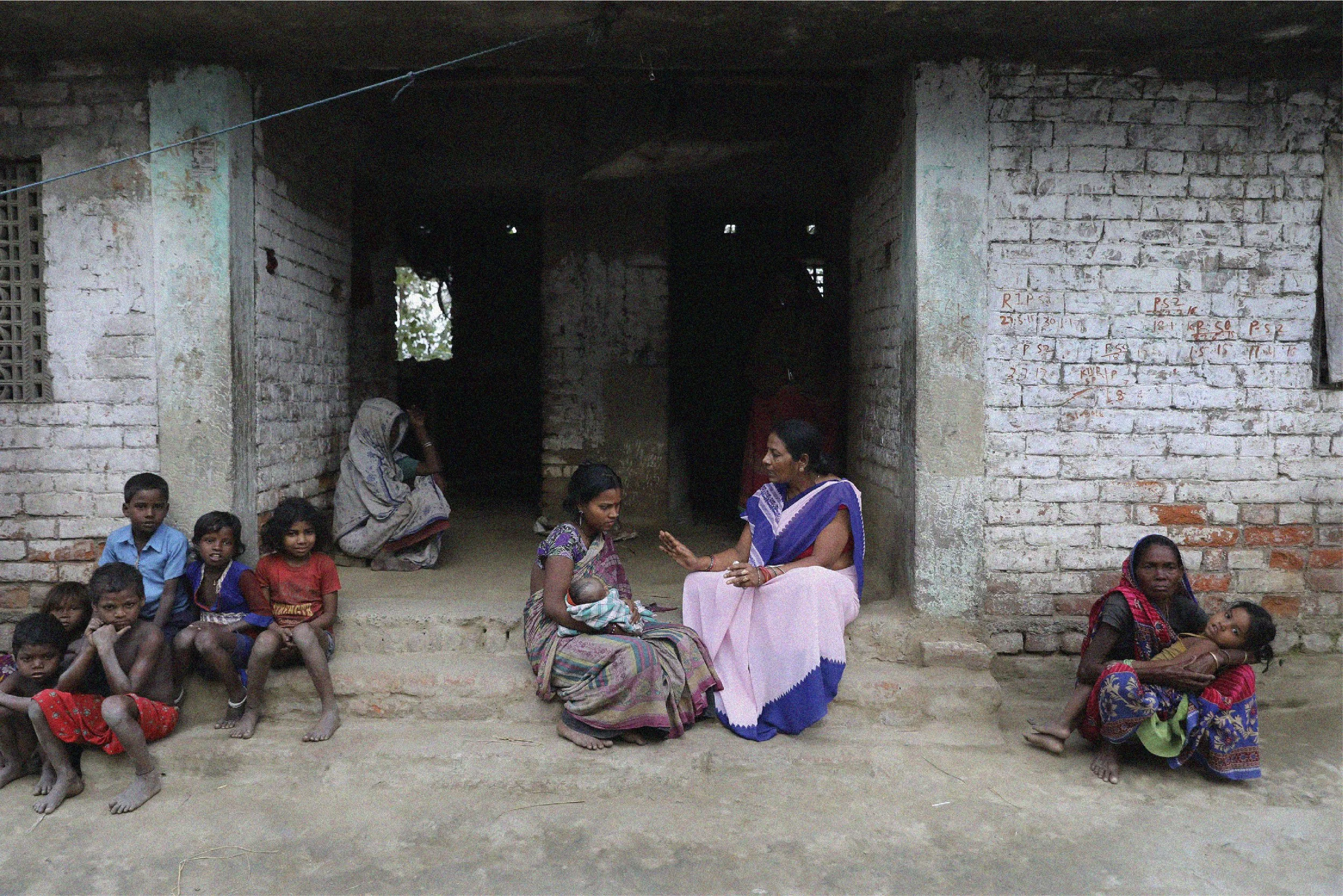STRATEGY GUIDANCE
04 Measure and Adjust
Identify relevant climate resilience-related targets, metrics, and indicators to track, and adjust them over time
Considerations
Include indicators to track process, not just outcomes. This is important for two reasons:
First, because you and your grantees will be in a learning mindset, you want to capture data about learning pathways to help you improve the process for the future.
Second, “resilience” is not just measured by outcomes, but by process improvements.
See examples and recommendations in our MEL section for how to adjust your measurement and evaluation approach when integrating climate resilience considerations and targets into SRHR programming.
Use results from pilot investments to inform new rounds of exploration and evidence generation
Considerations
Identify evidence gaps to fill through future investments. The evidence base around climate and SRHR is growing but still limited, particularly when it comes to evidence about what types of interventions are promising in building resilience of SRHR systems to climate hazards.
Harvest lessons from any co-funded initiatives with climate funders/partners and identify new co-funding opportunities to pursue.
Review and adjust your MEL metrics and indicators based on reflection with grantee partners.


